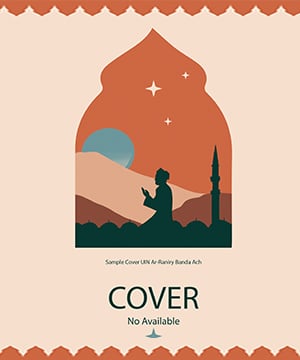References
Christou, C., Jones, K., Pitta-pantazi, D., & Pittalis, M. (2007). 3D SOFTWARE APPLICATIONS. (July 2015).
De Araujo Diego, P. (2015). The virtual biology of sepsid flies: 3D computer graphics tools for researchin morphology, systematics and biomechanics.
Diezmann, C. M., & Watters, J. J. (2000). Identifying and Supporting Spatial Intelligence in Young Children. Contemporary Issues in Early Childhood, 1(3), 299–313. https://doi.org/10.2304/ciec.2000.1.3.6
Fraenkel, J. R., & Wallen, N. E. (2009). Design And Evaluate Research In Education. In How to design and evaluate research in education.
Hegarty, M. (2010). Components of Spatial Intelligence. Psychology of Learning and Motivation - Advances in Research and Theory, 52(C), 265–297. https://doi.org/10.1016/S0079-7421(10)52007-3
Hilton, M. (2015). Preparing students for life and work. Issues in Science and Technology, 31(4), 63–66. https://doi.org/10.1163/9789004393073
Hsiao-Cheng, H. A. N. (2015). Gamified Pedagogy: From Gaming Theory to Creating a Self-Motivated Learning Environment in Studio Art. Studies in Art Education, 56(3), 257–267. Retrieved from http://ezproxy.lib.swin.edu.au/login?url=http://search.ebscohost.com/login.aspx?direct=true&db=ehh&AN=102221480&site=ehost-live&scope=site
Rimbatmojo, S., Kusmayadi, T. A., & Riyadi, R. (2017). Metacognition Difficulty of Students with Visual-Spatial Intelligence during Solving Open-Ended Problem. Journal of Physics: Conference Series, 895(1). https://doi.org/10.1088/1742-6596/895/1/012034
Šafranj, J., & Zivlak, J. (2018). Spatial-Visual Intelligence in Teaching Students of Engineering. Research in Pedagogy, 8(1), 71–83. https://doi.org/10.17810/2015.72
Starko, A. J. (1995). Creativity in the Classroom : School of Curious Deligh (3rd ed.). New Jersey: Lawrence Erlbaum Associates, Inc. Pub.
Suprapto, P. K., bin Ahmad, M. Z., Chaidir, D. M., Ardiansyah, R., & Diella, D. (2018). Spatial intelligence and students’ achievement to support creativity on visuospatial-based learning. Jurnal Pendidikan IPA Indonesia, 7(2), 224–231. https://doi.org/10.15294/jpii.v7i2.14322
Suprapto, Purwati K., Rustaman, N. Y., Redjeki, S., & Rahmat, A. (2012). Implementasi Model Pembelajaran Visuospatial (3D) Untuk Mengembangkan Kemampuan Kognitif Calon Guru Biologi Pada Konsep Anatomi Tumbuhan. Jurnal Pengajaran Matematika Dan Ilmu Pengetahuan Alam, 17(1), 46. https://doi.org/10.18269/jpmipa.v17i1.235
Suprapto, Purwati K. (2016). PENGARUH MODEL WIMBA MENGGUNAKAN MEDIA 3DsMax TERHADAP HASIL BELAJAR DAN PENALARAN LOGIS MAHASISWA CALON GURU BIOLOGI. Jurnal Pengajaran Matematika Dan Ilmu Pengetahuan Alam, (Vol 21, No 2 (2016): Jurnal Pengajaran MIPA-Oktober 2016), 178–184. Retrieved from http://journal.fpmipa.upi.edu/index.php/jpmipa/article/view/828
Suryawati, E., Linggasari, M. N., & Arnentis, A. (2017). Technological Pedagogical and Content Knowledge of Biology Prospective Teachers. Biosaintifika: Journal of Biology & Biology Education, 9(3), 498. https://doi.org/10.15294/biosaintifika.v9i3.11270
Tabrani, P. (2012). Bahasa Rupa. Retrieved from https://books.google.co.id/books?id=Vs7aAAAAMAAJ
Waldon, S. M., Thompson, P. M., Hahn, P. J., & Taylor, R. M. (2014). SketchBio: A scientist’s 3D interface for molecular modeling and animation. BMC Bioinformatics, 15(1), 1–18. https://doi.org/10.1186/1471-2105-15-334



